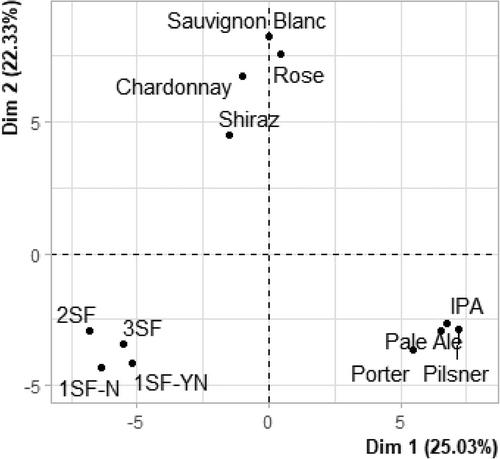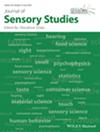Product categorization of Korean rice wine (makgeolli) compared to beer and wine using sensory evaluation methods
Abstract
This study aims to investigate the product categorization and characterization of makgeolli (Korean rice wine [KRW]) among beer and wine samples. Projective mapping with ultra-flash profiling (PM with UFP) (n = 68) was conducted with 12 alcoholic beverage samples, including wines, beers, and makgeolli, and showed that participants characterized wine based on fruitiness, beer on bitterness, and makgeolli on sourness. s showed that PM with UFP had a combined explained variance of 47.4% with beer, wine, and makgeolli grouped separately. However, when participants were separated based on wine knowledge, low wine knowledge participants placed Shiraz close to makgeolli indicating participants were using a different metric in grouping the alcoholic beverage samples. When participants were tasked with using polarized sensory positioning (n = 91) to characterize makgeolli and wines, participants regardless of wine knowledge showed that wine and makgeolli had unique sensory traits and thus should be categorized differently.
Practical Applications
Research on KRW (makgeolli) is relatively limited in Western societies and this study attempts to understand how participants categorize makgeolli in New Zealand among different alcoholic beverages using projective and characterizing methods. Based on the categorization theory, it is important to position the product properly in the food and beverage categories as consumers may use the category cues to evaluate makgeolli and use products such as beer or wine within the same category as price anchors for makgeolli's price in the market. The results showed that participants categorize makgeolli differently compared to wine and beer; therefore, it would be beneficial to position makgeolli separately. Practical applications may include creating a separate section on a restaurant beverage menu, a webpage on an alcoholic beverage seller's website, or a small sub-section on the retail store shelf. Placing makgeolli in the wine section as previously suggested is not recommended.


 求助内容:
求助内容: 应助结果提醒方式:
应助结果提醒方式:


